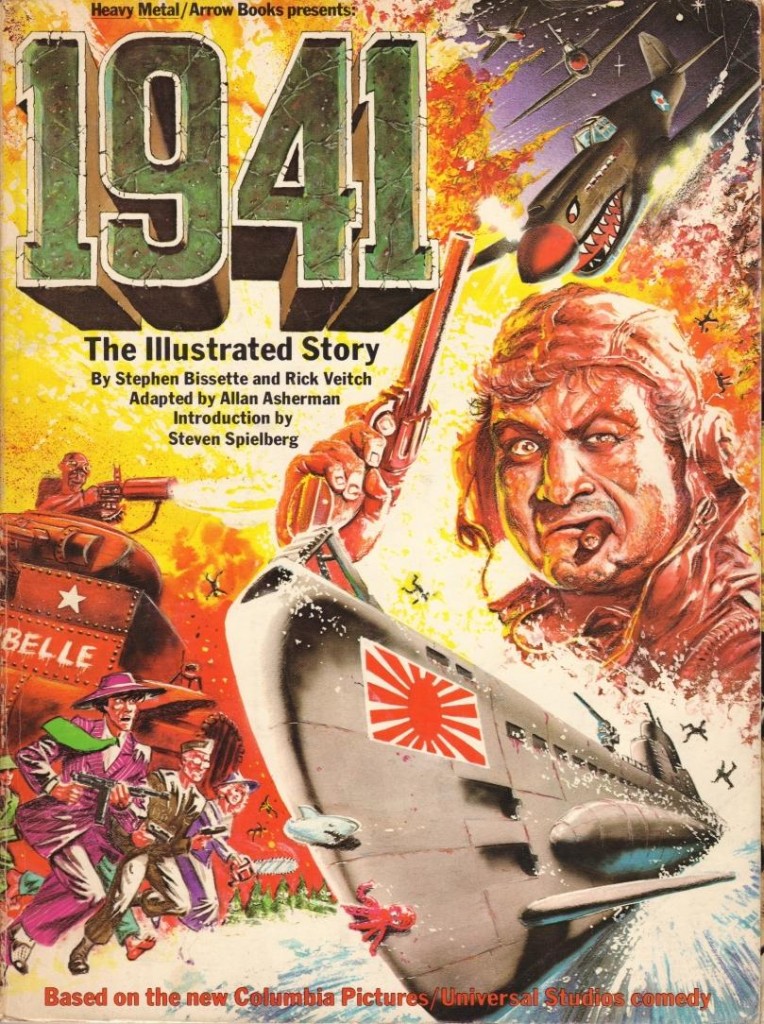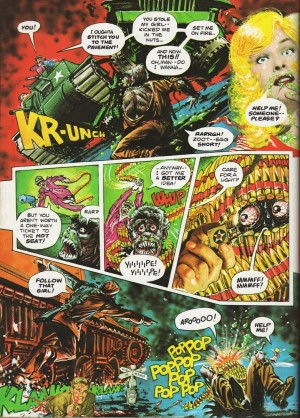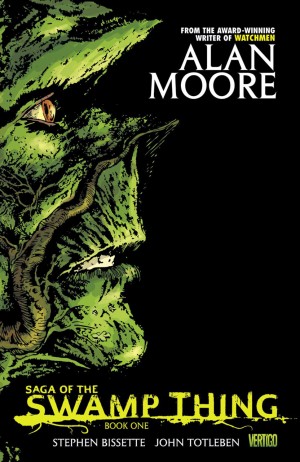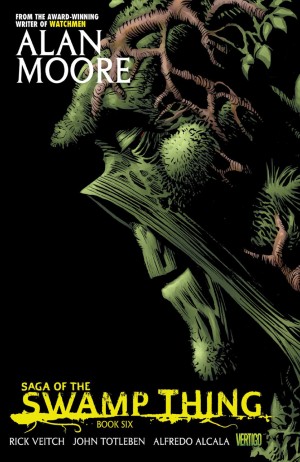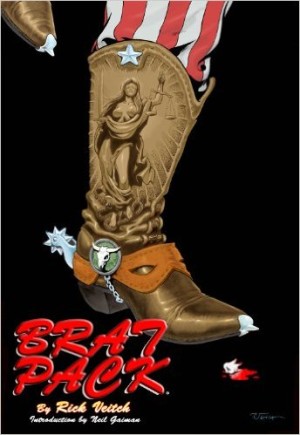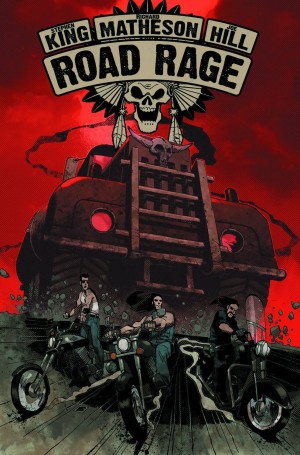Review by Frank Plowright
At the time of its cinema release in 1979, 1941 rapidly earned the reputation of being Steven Spielberg’s first mis-step, accused of being over-indulgent, way over budget and pandering too much to the slapstick knockabout of its two comedian stars. It was memorably described at the time by critic Pauline Kael as “like having your head stuck in a pinball machine for two hours”, and that’s certainly conveyed in this manic graphic novel adaptation by Steve Bissette and Rick Veitch. Alex Toth was originally scheduled to illustrate, and one can only imagine how his version might have turned out, as his elegance is completely at odds with the subject matter.
The basic film plot owes more than a little to Norman Jewison’s The Russians Are Coming, the Russians Are Coming, as panic rapidly spreads around a small coastal California town after the Japanese attack on Pearl Harbor. The graphic novel diverges wildly from the film to become more of an extrapolation. It mixes horny local kids, soldiers, a Japanese submarine, an unbalanced pilot, and the elderly civil guard, but anyone looking for logic and sense has come to the wrong place.
Due to paranoia about leaks on the part of the film production, the creators worked from a shooting script that bore little resemblance to the final film. That changed from day to day during shooting anyway, according to whatever Dan Ackroyd and John Belushi felt like improvising, and Veitch and Bissette appear to have no greater understanding of what’s going on than most viewers when they saw the finished film. That might all appear to augur a disaster, but that’s not the case. Although they’d later progress to more mainstream material, both Bissette and Veitch began their careers influenced by the anything goes attitude of the underground comics, and that’s an excellent starting point for the adaptation of a chaotic film. They use the comedic exaggeration of the film, but mix their illustrations with photographic collage featuring images and celebrities from 1941, and base their likeness on the few shooting stills they were able to prise from the production. The result remains visually stunning. As Spielberg noted when he saw the finished product, it’s demented and grotesque, but then whose fault was that?
The one inexcusable aspect, also noted by Spielberg in a letter sent to Heavy Metal, is the appalling racist caricatures. Yes, it’s in tune with the propaganda of the times the film was set, but the book was produced in 1979.
A plausible case can be made for this adaptation being worthwhile as an art object, as the sheer visual density of almost every page and the vibrancy of the colour work provide an almost hallucinogenic experience. As a coherent graphic novel, however, it makes as much sense as the film.
